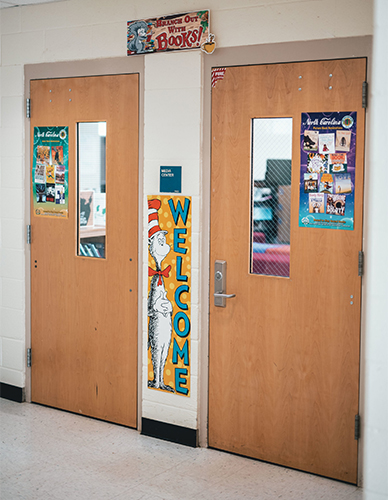School culture impacts everything we do as educators, and reflects our ability to meaningfully engage students. How is the school culture in your building? Below are questions to help you reflect.
1. Think about the first-person people see when they enter one of your schools. Does this person accurately represent the tone and mood of the school?
Every school is unique. Though each school varies greatly from one to the next, a strong school culture creates consistency in how your building looks and feels — from the gym to the cafeteria, from the art room to the biology lab. Have you thought about how you want people to be greeted when they first encounter your staff? Have you normed your school staff on that vision and why it is important to you?
2. Five minutes after the first bell rings, is learning happening?
When schools have a strong school culture, it’s most likely because their leader has set expectations for classroom management so that transitions are tight and little instructional time is wasted. Granted, even schools with strong cultures have rough days that are more chaotic than usual. In these educational environments, however, staff understands how to seek clarification, eliminating guesswork and confusion.
3. Think about how staff responds when there is a student emergency. Do they handle these issues well? Does it become a group crisis?
First and foremost, what is an emergency to your school staff? It’s essential that the entire team is normed on what constitutes an emergency and the appropriate response. Small incidents likely require small interventions, whereas everyone should also have a clear, precise understanding about when and how to escalate if necessary.
4. Think about what happens when staff disagrees or there is friction between teachers and leaders. Does staff follow a problem-solving protocol?
Educators are passionate people; there are times when we are going to disagree. This should not come as a surprise to any administrator. Strong-culture schools are usually safe spaces where differences are respected. Relationship-building is prioritized so concerns can be raised and addressed without fear of hurt feelings or retaliation.
If you think your culture needs to improve, reach out to us to see how CT3 can help!
Click below to read more about creating a school-wide culture where students can thrive.
- How to Improve Culture in the Most Challenging Classrooms
- How Leadership Creates a Crucial Culture of Coaching
- High Expectations: What to Look For
Check out CT3 Education programs such as No-Nonsense Nurturer, Real Time Teacher Coaching, and Real Time Leadership Coaching to find out more about Professional Development for Teachers and Leaders, classroom management strategies, and building relationships with students and their families, and properly addressing important issues in the classroom and school.
Category: Culture, Leadership


